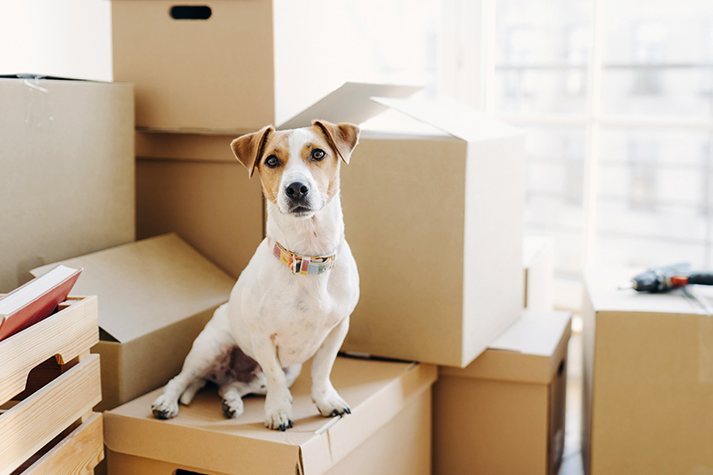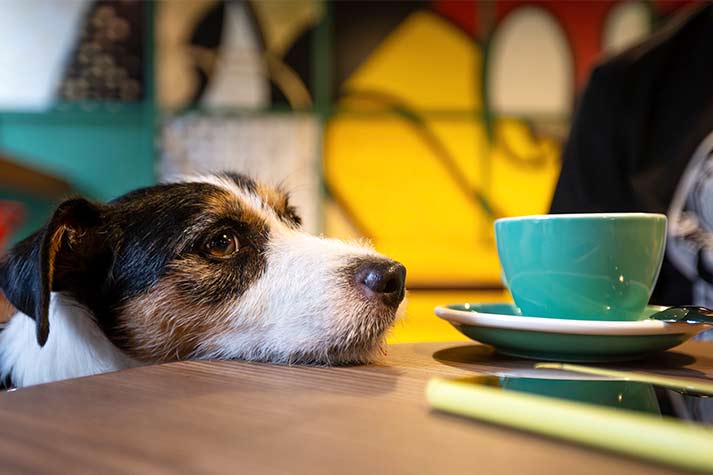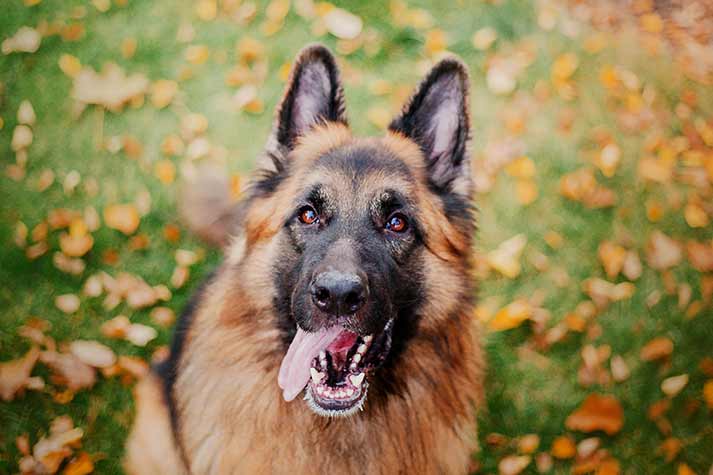
27 Oct
Tips for Moving with Pets
If you are a pet parent, it is natural that your love for your pet knows no bounds. With their own unique routines and daily activities, pets tend to be comfortable in their space and aren’t usually the biggest fan of sudden change. A process like moving disrupts this routine and can be tricky to deal with. Fortunately, there are steps you can take to make sure your pet copes comfortably with the moving process.
Tips to Make Moving with Pets Easy
- Familiarize Your Pet with Moving Supplies - Pets are naturally inquisitive and curious. When you’ve decided on your move, start the packing process early. Leaving empty or part-filled boxes about the house and letting your pet interact with them on its own is a great way to desensitize it. Such conditioning will help reduce interruptions in the packing process and make the process itself easier.
- Avoid Sudden Changes in Routine - Pets are creatures of routine and habit. They are most comfortable when going about their familiar daily routine, and any deviation from this routine can cause anxiety. While you may be busy planning or packing during this time, make sure to pay attention to your pet. Make sure to feed your pet at their usual mealtimes, encourage them to play and go for walks and give them that little bit of extra love.
- Keep your Pet Busy - Yes, you will probably be busy yourself when moving, However, taking some time to make sure your pet has a walk or play session is crucial. Buring off their extra energy will keep your pet calm and peaceful, which means they are less likely to misbehave or indulge in mischief. If you’re too busy or occupied, you could always use something like a dog walking service to make sure your pet gets the exercise and engagement they need.
- Make a Quiet Place for Your Pet - Moving is a process that can quickly turn a house upside down. With piles of boxes and items strewn across the house, organization can quickly go out the window. While such a scenario may be unavoidable, you can keep a space or a small corner free for your pet. A small corner, room, or cupboard/closet works wonders when your pet is overwhelmed with all the noise and needs a place to have some peace and quiet.
- Schedule a Vet Visit - It is a good idea to visit your vet before a move or relocation. During this visit, you can check if all vaccinations are up to date, discuss stress and anxiety related to the move, get a health check-up, and get copies of your pet’s medical documentation. If you’re moving to another state or country with your pet, you may require additional documentation like a rabies titer test. A vet visit will help you get an idea of your pet’s health and also fulfil any mandatory testing and import requirements.
- Research the Local Pet Laws of Your Destination - If you are embarking on international pet travel, you should research your destination. Each country and city have their own set of pet laws, and it is important to know and comply with them. The last thing you need in a new city is to be unknowingly violating the rules, so research local pet laws and go through your lease carefully to confirm that pets are allowed in your new home.
- Prepare your Pet to be in a Vehicle - If you're travelling using your car, there are a few things to keep in mind. First, make sure your pet is desensitized and isn't afraid of travelling in the car. If your pet is hesitant, start with a stationary car before smaller drives and eventually longer trips.
Second, you should make sure your pet stays in a crate or belted in for the duration of your journey. Pets are also safer and are less of a hazard when restrained in a vehicle, as they will be better protected in case of a bump or knock.
If your pet is too large to fit in a crate inside a vehicle, make sure to belt them in their seat, and remember to tie their leash onto the belt itself or another secure location. If you have a nosy or clingy pup, install a screen or separator/divider between the front and back seats, so your focus remains on the road as your pup calls for your attention.
Adjusting to Your New Home & Surroundings
When you first step into your new home, it will take some time for you to unpack, settle in, and develop the same familiar and comfortable atmosphere you had in your last house. The same goes for your pet; there will be an adjustment period where you may witness some erratic or strange behaviour.
For cats, this may manifest as hiding in remote corners or refusal to use their litter box. For dogs, you may notice a lack of appetite and bathroom-related accidents indoors. While it may seem worrying, it is a normal phenomenon and once they realize that this new space is safe too, they will return to their regular routine and behaviour.
Moving with your pet may seem intimidating at first, but with proper planning and a focus on your pet’s health & comfort in transit, it can be a manageable and even enjoyable experience. Remember, pets look to their owners for reassurance and support. Your calm demeanor and thorough preparation will go a long way in helping your furry companion adjust to the changes and enjoy the






AUTHOR’S BIO
Carry My Pet
Passionate pet enthusiasts and globetrotters, dedicated to easing furry friends' journeys worldwide. Penning tales of compassion at CarryMyPet, where every relocation is a tail-wagging adventure.